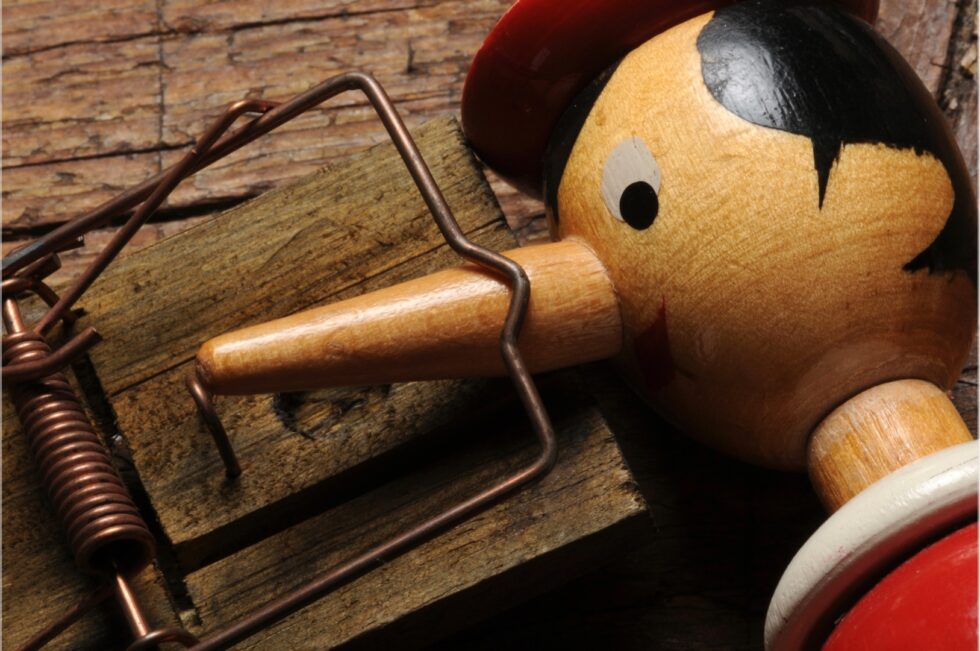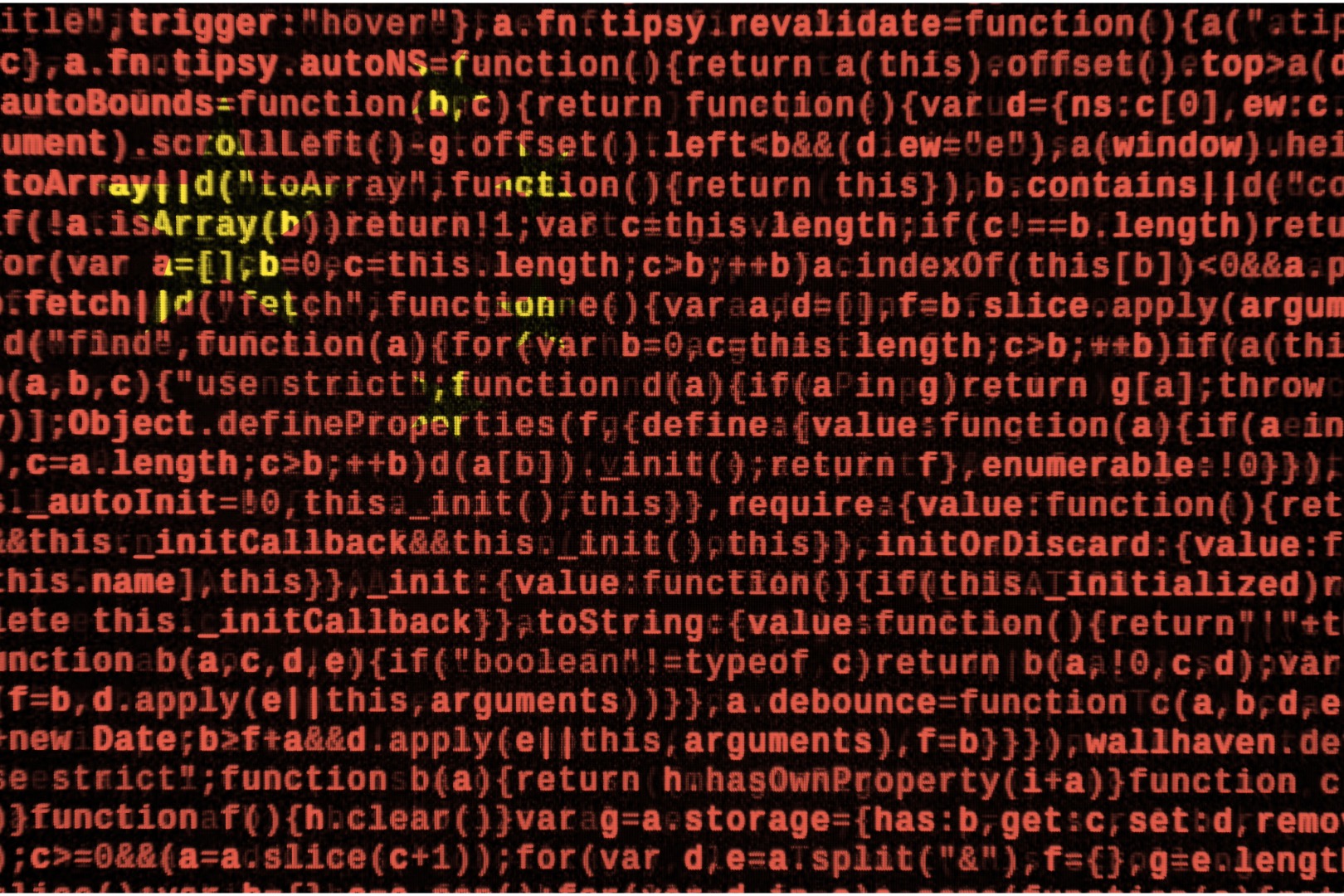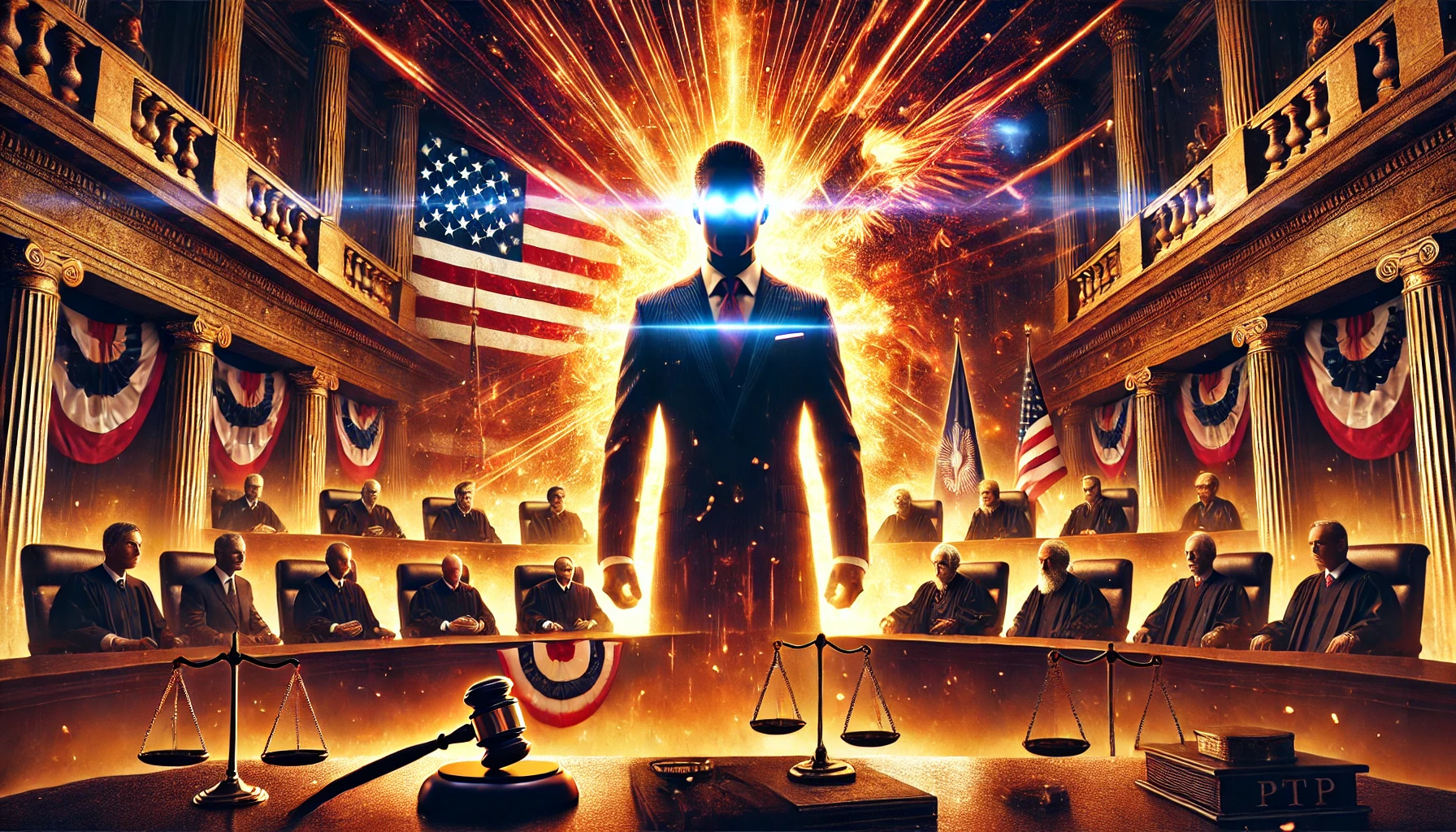
Over the last twenty years, Big Tech drove what is probably the most effective political narrative in history into the collective mind of all three branches of government. Patent trolls, they exclaimed, are destroying innovation, and only the government can save America.
As a result, all three branches of government gutted the patent system. Lawmakers, judges, and bureaucrats based public policy on cartoon characters, and we got the predictable consequences.
Today, we have another Big Tech narrative – bad patents. This time, it is boldly stated as public policy justification for the Patent Eligibility Restoration Act – S.2140 (PERA) that makes most inventions implemented in software ineligible for patent protection. There will be predictable consequences for this one, too.
Political Narratives Cause Real-World Damage
Political narratives condense complicated issues into a one- or two-word object and then villainize the object. Once a villain is created, its evil can be expanded to encompass anything you don’t like. When enough bad stuff is pumped into the villain, you simply state its evil name, add a few campaign contributions, and Congress will magically pass laws to kill the villain.
The patent troll narrative enabled Big Tech to monopolize and China to take the lead in 37 of 44 technologies critical to our national security and economic growth by getting the U.S. government to destroy its own patent system.
Former USPTO Director Iancu was the first public official to challenge the patent troll narrative, and he did it well. Of his accomplishments as USPTO Director, silencing the patent troll narrative is at the top. Today, anyone talking about patent trolls on the Hill is thought to be a cartoon-believing fool, which they are.
Big Tech needed a new narrative, so they breathed new life into an old, worn-out political narrative – bad patents. Today, the halls of Congress echo with stories by Big Tech lobbyists explaining how bad patents are destroying innovation. They demand that Congress pass more legislation (or keep the already-made bad laws) so that bad patents are forever expunged from America.
What are Bad Patents?
Nobody files a patent to advance technology. The cost of doing so is far too high and the public disclosure of the invention allows others to take the invention. While patents disclose technical inventions, and that disclosure advances technology, people do not patent inventions for technical reasons.
People patent inventions for economic reasons. They want to improve their lot in life. They do it to bring new products to market, and therefore, profit. Patents are economic instruments encouraging investment in technology. Technology advances because patents protect inventions from predatory infringement for a long enough period that the inventor’s products can withstand competition after the patent expires. Patents are not technical instruments that advance technology; That is not possible. They are economic instruments that have the effect of advancing technology by harnessing powerful economic fundamentals.
The fatal flaw of the bad patent political narrative is that it assumes patents are technical instruments and technology is somehow advanced without economic forces acting on it.
Big Tech defines a bad patent as a “trivial variation,” an “abstract building block or technology,” or “so poorly written that it’s impossible to understand what it covers.” Bad patents, so they say, are used to extort money from corporations using patent infringement litigation.
But what makes a bad patent bad? As with any economic instrument, it can only be bad if the negative economic effects are greater than the positive economic effects.
Fortunately, Big Tech gave the Senate Judiciary IP Subcommittee’s 101 Round Table some examples of bad patents: a method of proposing marriage, a method of swinging on a swing, and Amazon’s one-click patent. PERA’s authors boldly incorporated those exact Big Tech examples in its findings as the public policy justification for excluding “methods of doing business, performing dance moves, offering marriage proposals, and the like” from patent eligibility.
Since Big Tech’s examples of bad patents are the public policy justification for PERA, we can evaluate these patents to see if PERA’s exclusion of these inventions is good or bad public policy.
The Positive Economic Effects
All three Big Tech bad patents were examined by the USPTO. The method of proposing marriage was not issued, but Amazon’s one-click patent and the swinging-on-a-swing patent did issue.
In two of the three patents, maintenance fees were paid to the USPTO, and in all three, examination fees were paid. Fees support the good work of USPTO examiners, so this is a positive economic effect.
It is likely that patent professionals were hired to prosecute the patents, which contributes to the economy and is a positive economic effect.
All were publicly disclosed on the USPTO website, so others were able to advance the art by accessing them and then inventing around or improving them. This is also a positive economic effect.
All three so-called bad patents have the positive economic effects of funding the USPTO, hiring patent professionals, and advancing the art.
The Negative Economic Effects
Some have reported that as many as 97% of patents are never litigated. These inventions are either not commercially viable, or they are not commercially valuable because their infringement damages are too small to justify the cost of litigation.
But when a patent is commercially viable and valuable and it is litigated, both sides experience negative economic effects. They expend resources, experience uncertainty, lose customers, damage their brand, and much more. Only patent litigation can bring negative economic effects.
While both parties experience negative effects in litigation, resource asymmetry between the litigants creates an asymmetry of these negative effects. In most cases, infringers are resource-rich multinational corporations, and patent holders are resource-starved small entities. The negative economic effects are much more severe for patent holders than the infringing corporation.
Patents Cannot Cause Negative Economic Effects
A patent is a booklet of paper describing an invention and guaranteeing an exclusive right to the invention. It is impossible for the patent, itself, to cause litigation, so it cannot cause negative economic effects.
The act of infringing a patent is the primary cause of litigation. The other cause of litigation is a patent holder improperly asserting a patent against a non-infringing company.
This simple fact means that there is no such thing as a bad patent. There are only bad infringers and bad patent holders.
However, since the authors of PERA believe in bad patents, let’s investigate further.
The Infringer’s Negative Economic Effect
Patents are published and searchable on the USPTO website as well as private websites like Google Patents. Anyone searching these websites can identify patents relevant to their business.
Patent infringement is an illegal activity, and we all have a duty to avoid breaking the law, so companies should be required to search for and identify any patents that could become infringed with a new product before they launch that product. For this reason, patent clearance searches, often performed by third parties, were common practice prior to the government gutting the patent system.
A 2006 Supreme Court case called eBay v MercExchange opened the floodgates to massive predatory infringement. It put in place a four-part test that effectively means an injunction against an infringer will not be ordered by a court unless the patent holder has a product on the market and the ability to distribute that product at the level of the infringer.
This decision changed everything. If the infringer steals a patented invention and floods the market with an infringing product, the startup invariably goes out of business, leaving it without a product on the market and, therefore, no way to stop the infringer. Now, when a big corporation steals a patented invention, they keep it, so it is better for would-be-infringers to ignore patents and never conduct patent clearance searches.
The creation of the Patent Trial and Appeal Board (PTAB) and other Supreme Court laws that created an exception to patent eligibility for abstract ideas have increased inventor losses in patent infringement suits to obscene levels.
Today, an infringed startup has no good choices. It can sue the infringer, but that requires diverting resources away from engineering, marketing, sales, etc., into litigation on a case that will likely be lost. Or it can go out of business due to infringement, and the patents are sold in bankruptcy.
The negative economic effects caused by patent infringement are damaging not only to the infringed startup but also to U.S. innovation and national security. If U.S. patents cannot be enforced, investors put their money in other countries, like China. In 2017, 48% of early-stage funding for artificial intelligence went to startups in China – only 36% went to U.S. startups. A recent study by an Australian think tank associated with the Australian military shows that China now leads in 37 or 44 technologies critical to our national security and economic growth. These are powerful negative economic effects.
The Patent Holder’s Negative Economic Effects
If a patent holder frivolously sues for patent infringement (for example, against a product outside the scope of the patent), the patent owner causes negative economic effects. These effects are well documented and need no further discussion here.
Big Tech Bad Patents That Brought Positive Economic Effects
The method of proposing marriage was never issued as a patent, so it can never be litigated. This Big Tech example is a disingenuous attempt to sway Congress with misleading information.
Nobody sues anyone for a patent with no potential damages because the costs of litigating it will never be returned. There are no damages for infringing a method of swinging on a swing because nobody makes any money doing it. This patent was never litigated and never will be. It is another disingenuous attempt to sway Congress with false information.
Neither of these patents brought any negative economic effects, and both brought positive economic effects. Since the net economic effect is positive for both patents, they are not sound public policy justification for PERA.
Amazon’s One-Click Brought Negative Economic Effects
But what about Amazon’s one-click patent? It was litigated, so it brought negative economic effects.
All inventions improve what already exists, and almost all could be considered trivial. Often, inventions go nowhere, but sometimes, they become the primary differentiating factor of one product over another.
Amazon’s one-click patent, while a trivial improvement, made the buying experience on Amazon’s website better than that of its competitors. Amazon customers could buy something without the inconvenience of entering a bunch of information and allowed Amazon customers to buy more stuff faster, thus differentiating Amazon from its competitors.
While Amazon’s one-click patent helped it sell more stuff, it had no negative effect on competitor products, whose customers could still purchase stuff on their websites just like they did before Amazon invented it. Amazon’s patent simply advanced the art of online purchasing and improved Amazon’s sales as a result. This is a positive economic effect.
Presuming that Amazon’s competitors did a patent clearance search, they could have designed around it or improved it in some other way, but they chose to infringe instead. This forced Amazon to file patent infringement suits against them, bringing negative economic effects.
We can debate if Amazon’s one-click litigation brought a net negative economic effect overall, but if it did, that effect was brought about by those who infringed its patent, not by Amazon.
The Market Determines Triviality
It is the accumulation of many trivial improvements that, in the end, radically improves technology. Edison’s lightbulb was a trivial improvement from a technical perspective. The lightbulb was already invented, but the filaments burned out too fast to create a commercially viable product. Edison took the pile of trivial inventions that made up a lightbulb and figured out that a carbonized piece of bamboo would last long enough to make the lightbulb commercially viable. He trivially advanced the art with only a carbonized bamboo filament but significantly advanced technology.
It takes a critical mass of trivial inventions before someone can advance the art just enough to change the world. If we accept the Big Tech bad patent narrative that only big inventions are worthy enough to be patented, there will be no critical mass of trivial inventions to build upon. If this were the state of the law in Edison’s time, we would not have the lightbulb because nobody would have added their trivial inventions to the mountain of inventions that Edison built upon.
At the time of invention, nobody knows what is trivial and what is not. Patents are economic instruments. If the market does not adopt the invention, it will not attract investment. This economic fact allows the market to self-regulate. It avoids negative economic effects because the invention cannot be infringed if it is not used.
PERA justifies excluding huge swaths of inventions implemented in software from patent eligibility because its authors believe that trivial inventions should not be patented. The consequences of this warped public policy will be felt for generations as many technologies critical to U.S. national security and economic growth cannot be patented. These are technologies like artificial intelligence, blockchain, 5G/6G, cyber security, fintech, quantum computing, and much more.
PERA should not pass unless the provisions making inventions implemented in software are removed.
Paul Morinville is Founder and Executive Director of SPARK Innovation. SPARK Innovation strives to create an policy environment where the conception, protection, and commercialization of technologies critical to our economic and national security prosper thereby enabling the United States to take back the global technological lead from China. Paul is an inventor and has been an executive at multiple technology startups including computer hardware, enterprise middleware, video compression software, artificial intelligence, and medical devices, and has licensed patents in the U.S. and China.






